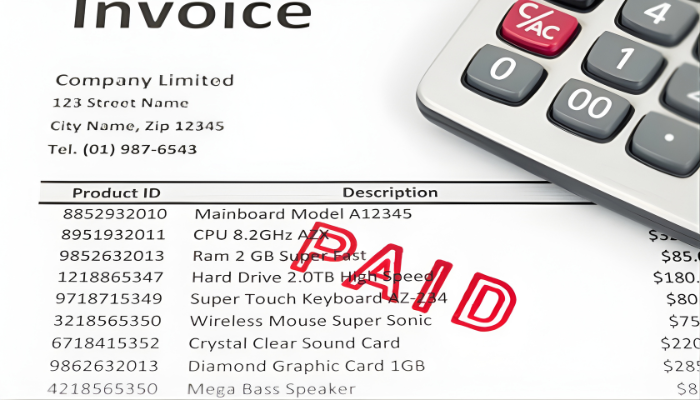
Factoring is a financial transaction for a type of debtor financing that involves accounts receivable, purchase orders, international financing, or other liquid assets. The most common asset used for factoring is accounts receivable.
A factoring company, or "factor," purchases invoices at a discount or accepts them as collateral for a loan. Factors typically offer small to medium businesses several financial services, including factoring and other financial arrangements. A business may factor its accounts receivable to meet immediate cash needs without waiting for a traditional business loan.
How Does Factoring Work?
A business owner sells a liquid asset in exchange for a cash advance equal to a percentage of the assets’ face value. In a loan arrangement, the business owner uses the assets as collateral.
In either case, the factor purchases the assets or provides a loan against the business and charges fees and interest to the business owner. Once a factor accepts an application and agrees to buy the assets, it pays a cash advance to the business owner to use however they see fit.
In cases where the factor purchases the assets, it becomes responsible for collections. In loan situations, the business owner usually retains the responsibility for collections. Either way, the factor only pays a percentage of the assets' face value upfront. The business owner receives the balance minus fees after the customer completes payment for the asset.
The most common asset used in factoring is accounts receivable. A business sells its invoices to a factor at a discount or uses them for collateral against a loan. The business selects the invoices it wants factored, and the factoring company determines which invoices to accept.
You may see accounts receivable factoring used interchangeably with accounts receivable financing. Technically, factoring involves the purchase of accounts receivable, while financing involves using the invoices as collateral in a loan.
Types of Factoring
There are two primary types of factoring: recourse and non-recourse.
If the factoring agreement includes a recourse clause, the factor can demand the business to pay for any accounts receivable that go into default or become uncollectible after a specified period. In non-recourse factoring, the factor has no such power and must absorb the loss.
Factoring contracts may also specify a reserve account or reserve amount.
- Reserve account - allows the factor to place a percentage of paid receivables into a reserve account to defray uncollectible invoices.
- Reserve amount - allows the factor to withhold some of the funds until the invoices are paid in full.
Beyond types of factoring, the practice may go by other names such as A/R financing, ledgered line of credit, or invoice financing.
Financial Structure
As we mentioned above, factoring financing can be either an asset sale or a loan.
Accounts receivable are reported on a business’s balance sheet as an asset. Usually, it is counted as a current asset when the invoice payment is required within one year.
Asset Sale
In accounts receivable factoring, the invoices are the assets for sale. The factor purchases the invoices and pays the business anywhere from 60% to 95% of the face value of those invoices. Once the customer pays an invoice, the balance of that asset is returned to the business minus any fees charged by the factor.
For example, if you factor invoices with a total face value of $100,000, the factor may advance 80% of that value back to you in cash, $80,000. Upon payment in full, the factor takes out the contracted fees, say 2% of the total face value ($2,000), and pays the remaining $18,000 to the business.
The fee is often charged weekly or monthly according to when the customer pays the invoice. If the customer takes three months to pay the invoice in full, you are charged a total of 6% by the factor for that invoice. The 2% may be a monthly rate. To take the example above, you wind up paying the factor $6,000 in fees, reducing your balance to $12,000. Therefore, you receive $94,000 for your $100,000 in invoices.
Loan
If you use your accounts receivable as collateral for a loan, you maintain ownership of the invoices, and the factoring company loans you a percentage of the invoices' face value upfront and charges interest on that amount until you pay it off.
The lending rate varies between factors, so you need to lock down how the prime lending rate is calculated, how high it is, and when the loan term ends before you sign a contract. The difference between a loan from a factor and a traditional business loan is that you receive funds much faster. Factors have relatively lenient loan requirements in comparison to a bank or other lending institution. Your business qualifies quicker, and the turnaround time to obtaining cash is shorter than with a bank.
When Do You Get the Money?
One of the advantages of factoring your accounts receivable is how quickly you receive your money. If you are a new client of a factoring company, you can expect to wait about a week to receive your initial cash advance because the factor performs some due diligence and investigation.
Once you are a regular client, you may receive cash anywhere from a few hours to a couple of days. If you have a long-term factoring agreement in which you continuously sell or collateralize your accounts receivable, you can create an even cash flow without the dips and spikes of typical invoice payments.
Although factoring can sometimes cost more than a traditional business loan, you can recoup the added expense with increased revenues from an expanding business or avoid late penalties for bills. You can use your factor funding to purchase more products to sell or obtain materials for a future project, ensuring you have it on hand when the time comes to build it.
Accounts receivable factoring is a commonly used financial process used by small to medium-sized businesses to survive the ups and downs of the market. Factored funds are used to pay existing staff or hire seasonal employees. It’s used to pay utilities that tend to fluctuate with the seasons.
The advantage is that you have access to the face value in cash of your outstanding invoices immediately, allowing you to take advantage of temporary discounts and one-time deals. Factoring is a valuable tool in any business toolbox.
















